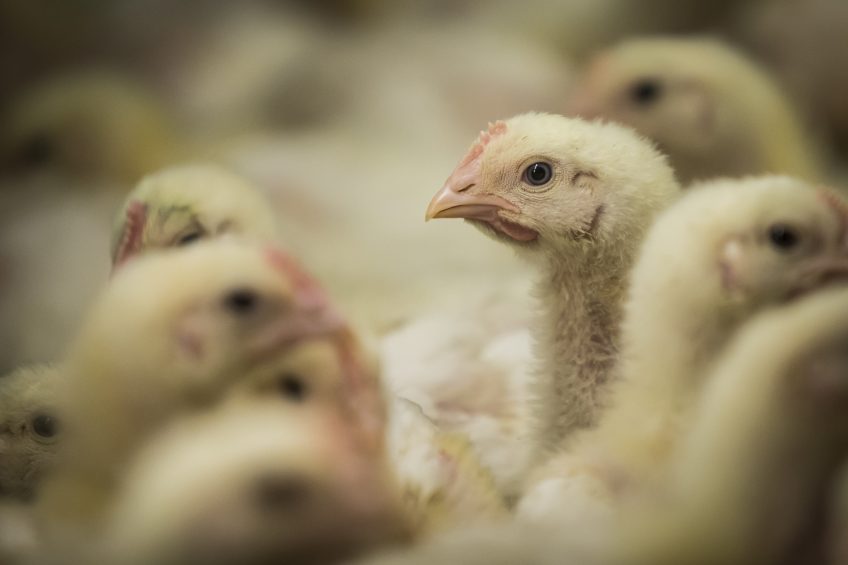AI, Fipronil and welfare issues dominate IEC reviews

Threats posed by avian influenza, the recent Fipronil scandal and ongoing animal welfare issues were the three key challenges consistently raised during the annual International Egg Commission country reviews.
There was less consensus over the opportunities, but clarity that eggs were an excellent source of protein, the free-range and barn sectors would steadily grow and that consumption levels would continue to rise over the next ten years.
Fipronil
Representatives from Belgium, Holland, Italy, the UK and the US all highlighted the recent fraud scandal involving Fipronil. The shortage of eggs in Belgium would lead to higher prices that many customers did not want to pay, while the UK has had to work hard to defend British eggs and Dutch farmers face ongoing legal challenges. The US felt the saga could be an opportunity in terms of export potential but also a challenge.
The ongoing spread of different strains of AI was the most significant challenge facing the German egg industry, which had concerns about the ongoing discussions with the European Commission over the length of time free range birds could be housed indoors.
Mark Williams, chief executive of the British Egg Industry Council, said he believes the H5N8 virus would return but scientists believed it would not have the same degree of intensity because of the reservoir of resistance in the wild bird population.
Welfare issues
Beak trimming was one of the welfare issues that is concerning farmers across Europe. While beak trimming was banned in Scandinavian countries in the 1970s and 1980s, Germany banned the practice at the beginning of the year and from September 2018 no eggs from hens with beaks trimmed will be sold by retailers.
This has a direct effect on Holland because of its huge export market to Germany and the Dutch face a ban in September 2018. Beak trimming is one of three welfare issues facing the French industry, along with caged eggs and male chick culling, and the UK is to write to the agriculture minister later this year providing an industry update on the issue.
The move away from caged systems was a key issue across the globe. Chad Gregory, president and CEO at United Egg Producers (US), said that 229 retail companies representing 223m layers had pledged to go cage free by 2025.
“It will cost millions of dollars to retrofit or build new facilities for egg farms and it is fairly impossible to do this in seven years. I am not sure where the market will go in the next five, ten, 15 years.”
Michael Guthrie, founding partner of Mainland Poultry Limited, New Zealand, expected some disruption in the market over the next 18 months as producers switched from cage production in the run up to the 2022 ban.
In Columbia, animal welfare groups are demanding cage-free eggs, while former IEC chair Cesar de Anda said the Mexican industry knew that cage-free systems were coming. Mexico has all of its commercial birds in caged systems.
Bird flu
Other nations had specific issues. China’s overcapacity issues remain and this has not been helped by different strains of bird flu that led earlier this year to plunging prices. China consistently has problems with antibiotic misuse but stronger enforcement by egg inspectors will in time drive out uncompetitive and low welfare farms. Farms with a million layers are emerging nationwide and foreign capital is attracted to the world’s biggest egg market.
Jose Eduardo dos Santos, Brazilian IEC ambassador, said Brazil was looking to increase its exports, while Colombia faces ongoing infrastructure problems, which is stopping the industry becoming more competitive, along with growing urbanisation restricting the growth of egg production and the ongoing FARC conflict.
Both Mexico and Canada raised the NAFTA trade talks – the latest round scheduled for later this month – as an issue for the sector. Mr de Anda said Mexico needed to export eggs and poultry. “They could be reared and produced in the US, processed in Mexico and then exported to the rest of the world.” Meanwhile, Canada is paying close attention to the forthcoming Ottawa discussions.
Turkey said its main challenge was sustaining its export to the war-ravaged nations of Iraq and Syria and it also faced issues meeting EU requirements as part of its accession process. The small nature of the industry was set to change radically in the years to come, and Turkey expects the Middle East to be a lucrative market once peace has returned to the region.
Looking ahead to the next ten years: Denmark expects to see a rise in both its value-added products and overall production, Columbia believes it will be one of the top 15 global egg producers and Mexico, which has a staggering egg consumption of 371 per capita per year, believes it will export egg products and shell eggs to the rest of the globe.













